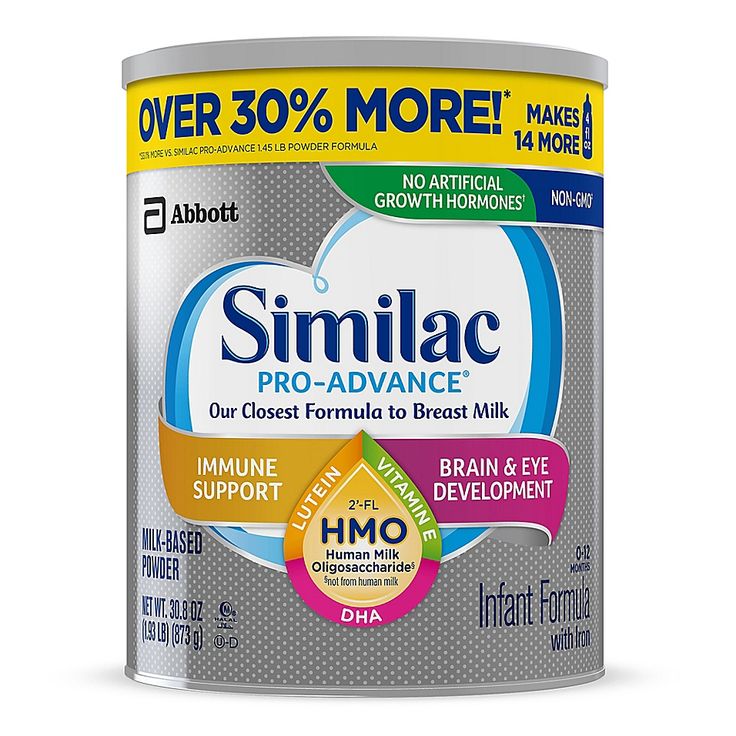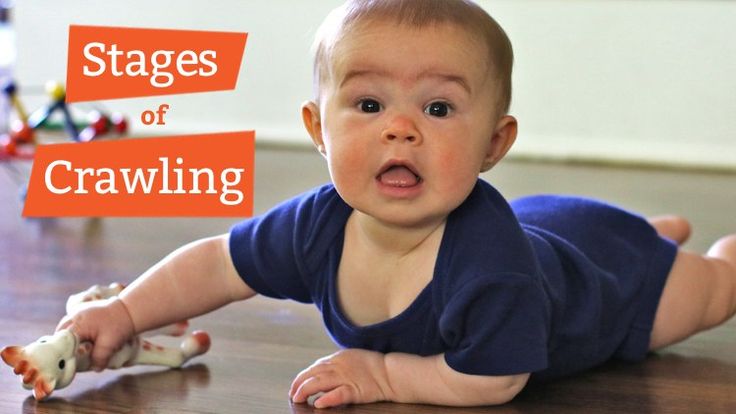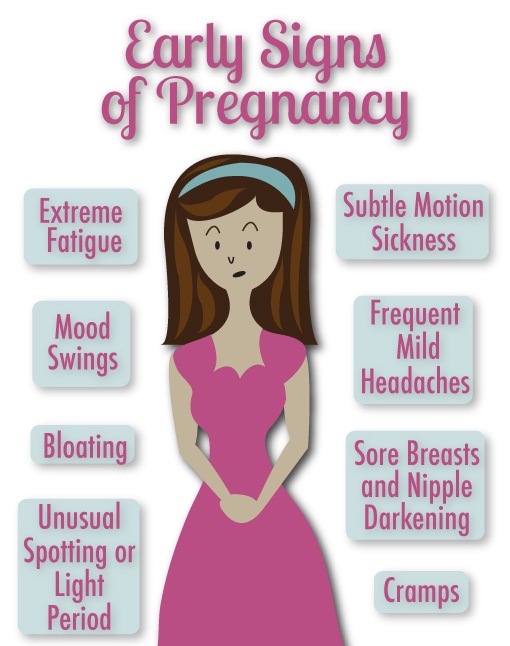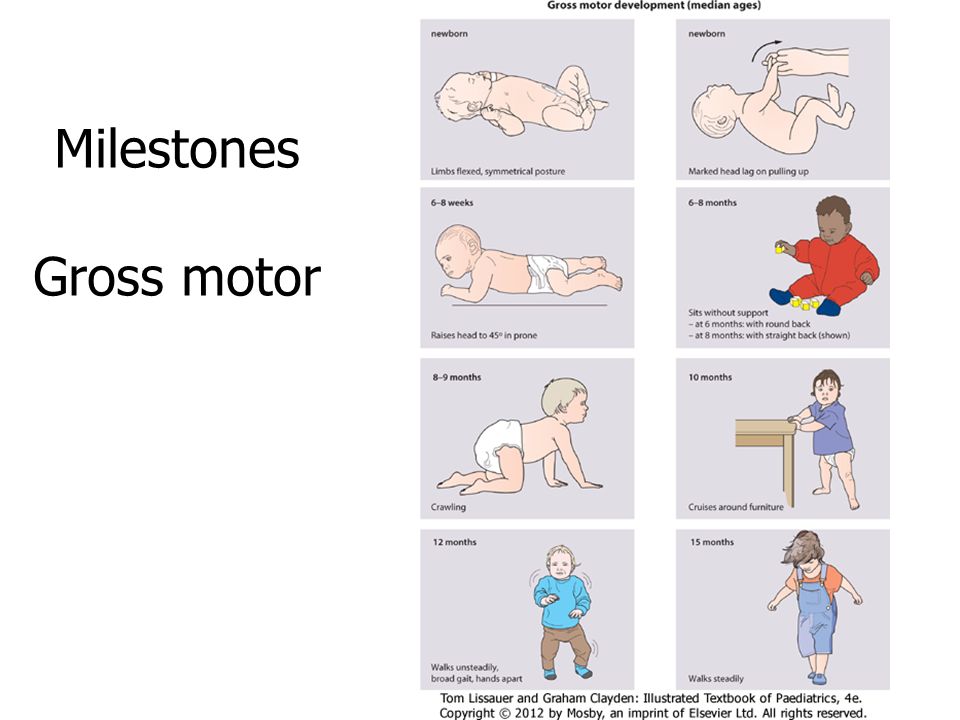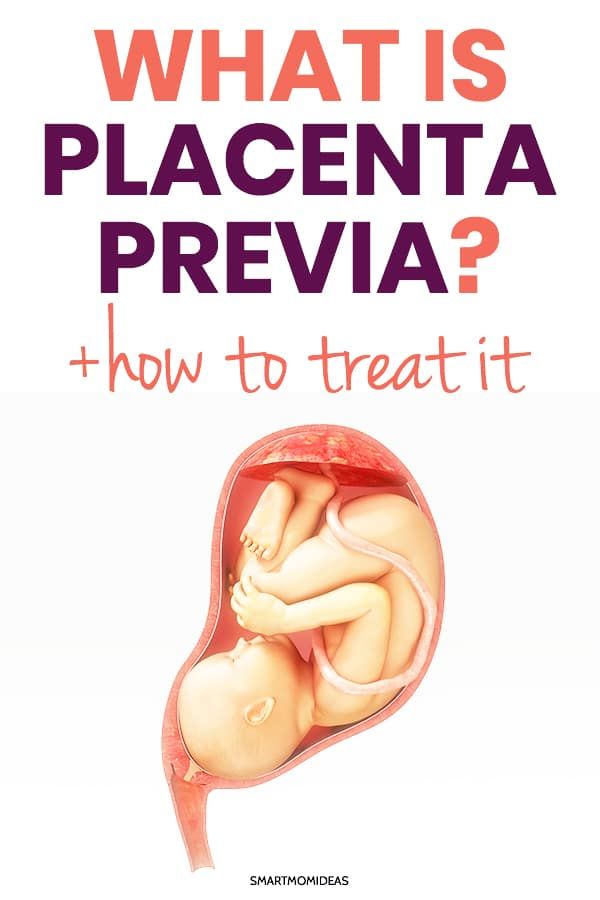Formula and breastmilk poop
What's Normal and What's Not
If there’s one universal parenting truth, it’s that you’re going to be talking about baby poop a lot. (Cue questions: How often should a newborn poop? How can you help baby poop? What does green baby poop mean? What exactly should normal baby poop look like?) And while it may not be a typical topic of conversation for the dinner table, it’s something you’ll find yourself thinking about all the time. Baby’s poop—the color, consistency and amount—can provide important clues into the health of your infant, says Wendy Sue Swanson, MD, a pediatrician and chief medical officer at SpoonfulOne.
Another reason why it’s a perpetual theme throughout the diaper years? Because baby’s poop habits change all the time. In fact, when it comes to baby poop, there’s a whole spectrum of what’s considered the norm. There are a lot of factors that can contribute to color, consistency and frequency. What’s normal for a breastfed baby (i.e. mustard-like poop) may not be normal for a formula-fed baby (soft and yellow, green or brown-ish). A little one that’s eating solid foods will also have a baby poop that’s very different from an infant that’s still exclusively breastfeeding or formula-feeding. Suffice to say, baby’s poop will evolve and so will your idea of “normal.”
So what is considered normal baby poop—and when should you be concerned? We’ll help you sort it all out with our comprehensive baby poop guide. Here’s what to expect from that first diaper change, all the way up through potty training.
In this article:
Baby’s First Poop
How Often Should a Newborn Poop
Baby Poop Color: Green Baby Poop
Baby Not Pooping: How to Help Baby Poop
Types of Baby Poop When to See the Doctor
Baby’s First Poop
Unlike many of your child’s milestones, you likely won’t take a picture of baby’s first poop—but it’s an important one. Usually sticky and darkish green-black in color, baby’s first poop is called meconium and is made up of everything baby ingested in utero, including amniotic fluid, skin cells and water.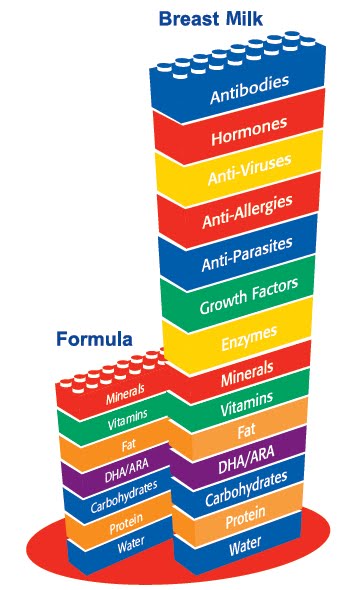 But within the first few days of life, your newborn’s poop should progressively get more watery and lighter in color. If it doesn’t, or if baby isn’t consistently pooping in the first few days of life, it could be a sign that they’re not getting proper nutrition and need a follow-up visit with the pediatrician, Swanson says.
But within the first few days of life, your newborn’s poop should progressively get more watery and lighter in color. If it doesn’t, or if baby isn’t consistently pooping in the first few days of life, it could be a sign that they’re not getting proper nutrition and need a follow-up visit with the pediatrician, Swanson says.
How Often Should a Newborn Poop?
In the first four to six weeks of life, regardless of whether your infant is breastfed or formula-fed, you should expect your newborn to poop after nearly every feeding, Swanson says. And depending on whether you’re breastfeeding, formula feeding or combination feeding, the stools will likely look different. Breastfed baby poop is often yellow, seedy and runny, while a formula-fed baby’s poop may be darker and thicker.
After six weeks, as baby’s digestive tract develops, their poop habits may change. How often should a newborn poop? It depends. While one to three times or more a day is a benchmark, it’s common for breastfed babies to not poop as frequently as formula-fed babies.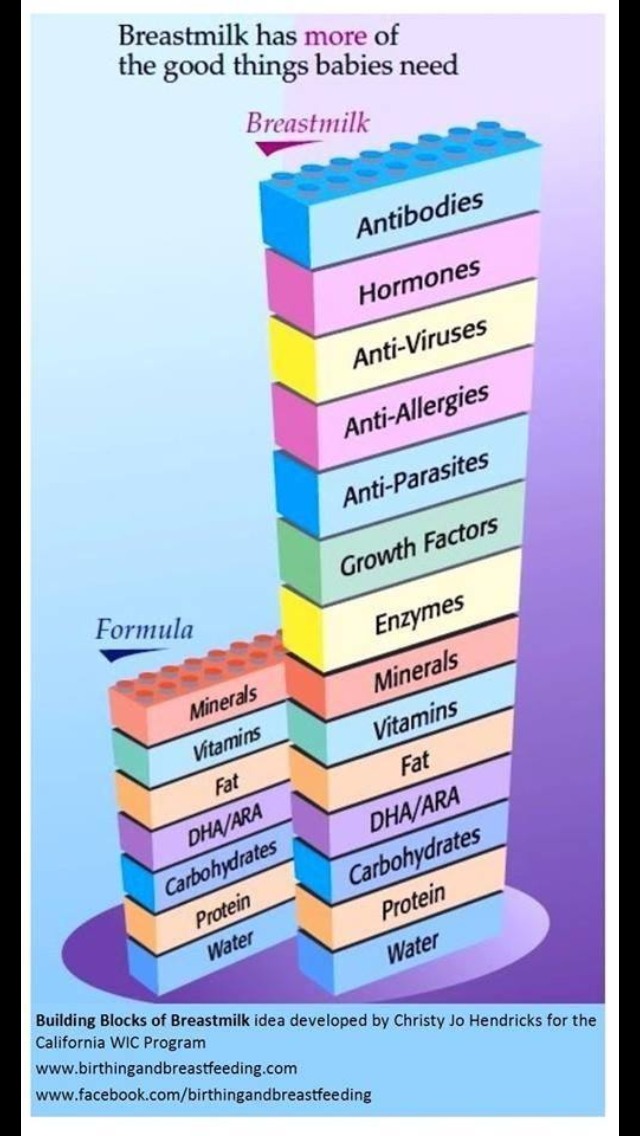
How often should a breastfed baby poop?
Is your breastfed baby not pooping? Don’t panic. Because breast milk is digested differently than formula, it’s not unusual for a breastfed baby to pee regularly (creating six to eight wet diapers a day) but not poop for several days. “It’s common for a breastfed baby to go two or three days without pooping, and it’s possible for them to go up to seven days,” Swanson says. If your breastfed baby isn’t pooping, it’s more important to watch their demeanor than their diapers. If they seem content and their belly is soft, they’re likely fine. But if their belly feels rigid or baby seems uncomfortable, it could be a sign they’re constipated, Swanson adds.
How often should a formula-fed baby poop?
Formula-fed babies tend to have poop that’s a bit darker and firmer than breastfed baby poop. Their poop may be the consistency of hummus and color can range from yellow to greenish-brown or tan. Formula-fed babies will likely poop at least once a day; if they don’t poop for two or more days, it could signal constipation.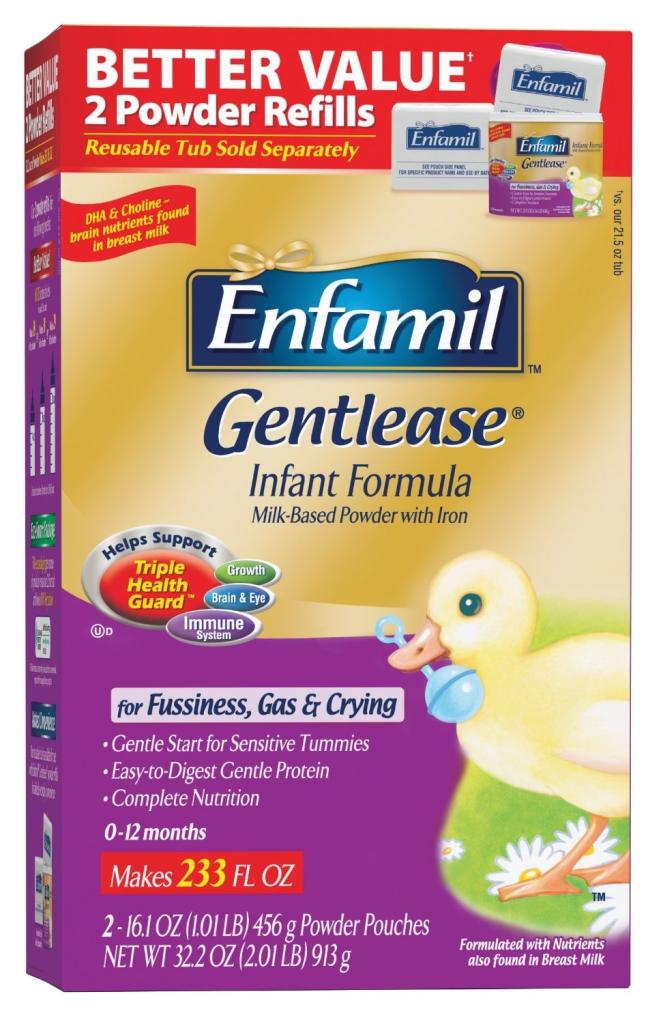 Equally important is the consistency of baby’s poop. “Log or pellet-like shapes could indicate constipation,” Swanson says. It’s important to address this with your pediatrician, since constipation could mean an allergy or be a sign that it’s time to try another brand of baby formula.
Equally important is the consistency of baby’s poop. “Log or pellet-like shapes could indicate constipation,” Swanson says. It’s important to address this with your pediatrician, since constipation could mean an allergy or be a sign that it’s time to try another brand of baby formula.
Baby Poop Color: What Does It Mean?
When it comes to assessing potential health issues, a pediatrician often checks baby’s poop color. Before you panic, remember that what goes in must come out—especially for babies who are beginning to eat table food. In other words, if baby has beets for lunch, you’re probably going to see red in a few hours. Still, pediatricians agree it’s smart to keep tabs on the colors you see. If you do spot something unusual, bag up the diaper and bring it along to your appointment—it can help a doctor make an assessment. From green baby poop to red, orange, black and beyond, here’s what each baby poop color could mean:
Image: Lindsey Balbierz
Green baby poop
With formula-fed infants, it’s normal for baby poop to be a greenish-tan color.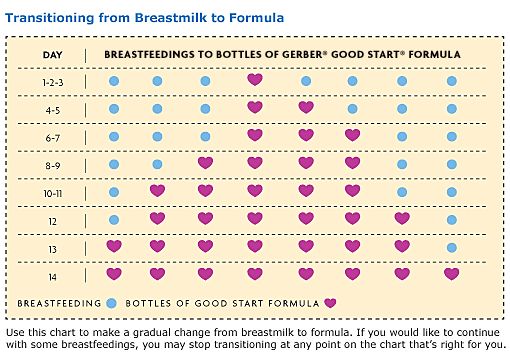 Sometimes the iron in baby formula can cause dark green baby poop and isn’t a reason for concern. Green baby poop can also signal teething or that baby is getting over a stomach bug. If baby has green poop and is also fussy at feedings or seems gassy and uncomfortable, it could be a sign they have a cow’s milk allergy and are reacting to the formula, Swanson says, which means you should consult your doctor about other options. For a breastfed baby, green baby poop might signal something else. “Bright green baby poop in a breastfed infant, especially if it’s frothy, may mean they’re getting too much foremilk and not enough of the fattier hindmilk,” Swanson says. Try keeping baby on one breast per feeding or hand express a bit of milk before letting them latch and see if this solves the problem.
Sometimes the iron in baby formula can cause dark green baby poop and isn’t a reason for concern. Green baby poop can also signal teething or that baby is getting over a stomach bug. If baby has green poop and is also fussy at feedings or seems gassy and uncomfortable, it could be a sign they have a cow’s milk allergy and are reacting to the formula, Swanson says, which means you should consult your doctor about other options. For a breastfed baby, green baby poop might signal something else. “Bright green baby poop in a breastfed infant, especially if it’s frothy, may mean they’re getting too much foremilk and not enough of the fattier hindmilk,” Swanson says. Try keeping baby on one breast per feeding or hand express a bit of milk before letting them latch and see if this solves the problem.
White baby poop
If baby is still being breastfed or formula-fed, chalky, whitish or gray baby poop definitely warrants a call to the pediatrician, since it can be a sign the liver isn’t functioning the way it should be.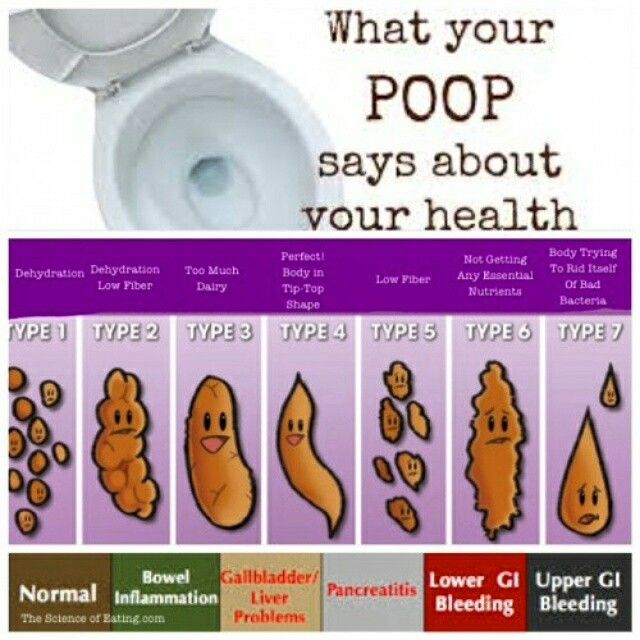
Orange baby poop
Many of baby’s first solid foods can result in orange-colored baby poop (think: carrots and sweet potatoes). A breastfed baby may also have orange-ish tinted stool if Mom has been on medication or been eating artificially colored foods, since the dyes may make their way into breast milk. Orange poop generally doesn’t indicate a problem, but if you’re worried, call your pediatrician, Swanson says.
Red baby poop
Flecks of red are no big deal. If you’re breastfeeding, there might be tiny amounts of blood baby swallowed from cracks in your nipple. Red flecks might also appear if baby is constipated and straining too hard to poop. If you’re just starting baby on table foods, you may have to play diet detective to suss out any food culprits. Stools that look genuinely bloody or are bright red may indicate an infection, allergy, GI injury or other medical concern and should be addressed immediately.
Black baby poop
If a newborn’s poop is still looking black by day three, it may be a sign they’re not getting adequate nutrition or digesting milk the way they should.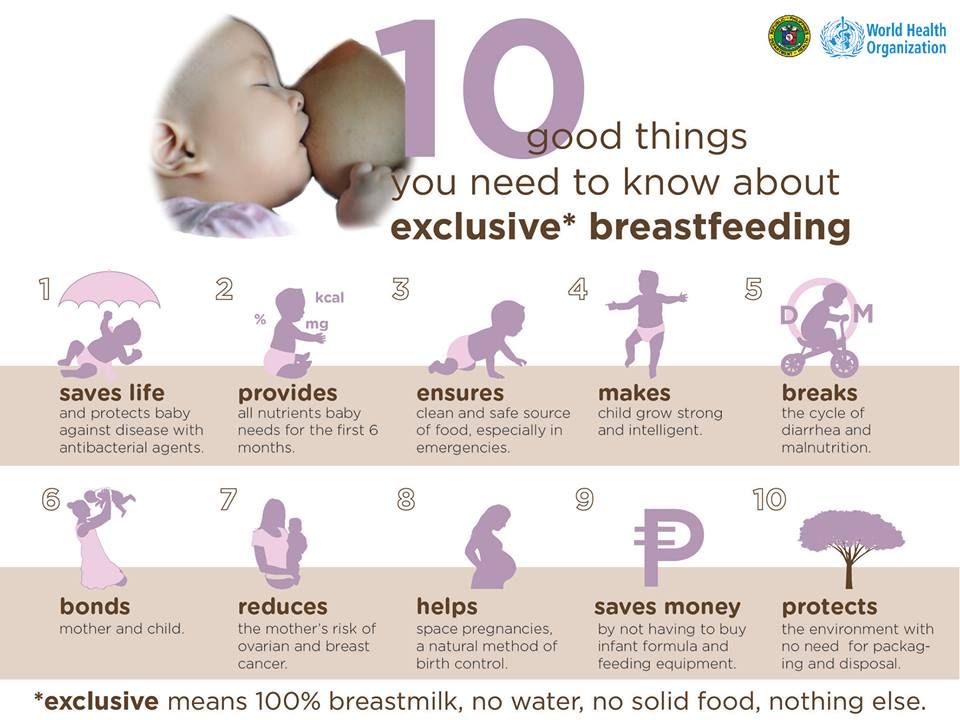 If you see black poop when baby’s a bit older, it could be caused by iron in their diet, which is no big deal. If baby isn’t taking an iron supplement and the poop looks black, it could be a sign of GI tract bleeding and should be seen by a doctor. “But it’s not red!” you say? Blood actually turns from red to black as it travels through baby’s intestines, according to Madhavi Kapoor, MD, clinical assistant professor in the department of pediatrics at NYU Langone Medical Center.
If you see black poop when baby’s a bit older, it could be caused by iron in their diet, which is no big deal. If baby isn’t taking an iron supplement and the poop looks black, it could be a sign of GI tract bleeding and should be seen by a doctor. “But it’s not red!” you say? Blood actually turns from red to black as it travels through baby’s intestines, according to Madhavi Kapoor, MD, clinical assistant professor in the department of pediatrics at NYU Langone Medical Center.
Yellow baby poop
Mustard yellow is a normal baby poop color for both breastfed and formula-fed infants. If baby’s stool is bright yellow, the color change could be a result of medications or food eaten by Mom.
Gray baby poop
If baby is eating solids, poop may be gray depending on what your child ate, Swanson says. If baby hasn’t yet started table food, then it’s important to assess, as it could indicate a liver or gallbladder problem.
How to Help Baby Poop
Before having a baby, you probably never imagined you’d wish for a dirty diaper. But a poop can provide sweet relief for an uncomfortable baby and a worried parent. There are a few common reasons why baby is not pooping: Dehydration, eating starchy foods like bananas, a time shift due to traveling or occasionally an allergy or intolerance. In older babies, especially those on the cusp of potty training, withholding poop can be psychological—they may be afraid of the potty or upset over an external issue, like a caregiver change or thrown-off schedule.
But a poop can provide sweet relief for an uncomfortable baby and a worried parent. There are a few common reasons why baby is not pooping: Dehydration, eating starchy foods like bananas, a time shift due to traveling or occasionally an allergy or intolerance. In older babies, especially those on the cusp of potty training, withholding poop can be psychological—they may be afraid of the potty or upset over an external issue, like a caregiver change or thrown-off schedule.
Luckily, many at-home remedies to help baby poop are simple, effective and recommended by pediatricians—but it’s best to use them only occasionally. “I warn parents not to become dependent on a ‘trick’ to make a baby poop,” Swanson says. “If it’s a persistent problem, it’s something I like to see in the office.”
Here are some ideas on how to get a newborn to poop, as well as what to do when an older baby is not pooping .
• Bicycle legs. Peddling an infant’s legs to and from their chest, as if they’re riding a bicycle, can be a gentle way to stimulate your child’s digestive system, Swanson says. Older babies generally don’t need this trick, since crawling, climbing and pulling up to stand help keep things moving.
Older babies generally don’t need this trick, since crawling, climbing and pulling up to stand help keep things moving.
• Warm bath. The warmth and stimulation of the water can relax muscles and help baby poop.
• Rectal stimulation. For occasional use only, Swanson suggests gentle rectal stimulation by gently inserting a rectal thermometer or using a gas-relieving product, such as Fridababy’s Windi ($13, Fridababy.com). However, Swanson cautions this shouldn’t become your go-to trick. “If used too often, the baby may become reliant on rectal stimulation to poop.”
• Water or juice. Constipation can be a sign of dehydration. If baby has started eating solids, offering a few ounces of water or pear juice may help move things along. Constipation may also be a sign baby needs to nurse more or be offered a bottle more regularly. If you’re at all concerned, talk to your pediatrician.
• Glycerin suppositories. Another occasional-use tool, Swanson says glycerin suppositories can be helpful for constipation. Ask your doctor first, especially if baby is younger than a year.
Ask your doctor first, especially if baby is younger than a year.
• The four P’s: Prunes, plums, peaches and pears. These four fruits are a great natural way to help baby poop. If baby has started solids, add a serving or two into your child’s daily diet to keep things moving.
• Veggies. The high-fiber content in vegetables makes them all-stars when it comes to dealing with constipation.
• Whole grains. When planning baby’s meals, try incorporating some whole grains: Brown rice, whole-wheat pasta and multigrain cereals or bread maximize bran intake, which can help soften stool and make it easier for baby to poop.
Is it normal for baby to grunt?
If you hear baby making grunting noises, don’t fret. They’re just learning how to have a bowel movement. Infants let out moans and groans as they go; their abdominal muscles aren’t very strong yet, so pooping requires more effort and energy and engages the diaphragm, resulting in some sound effects.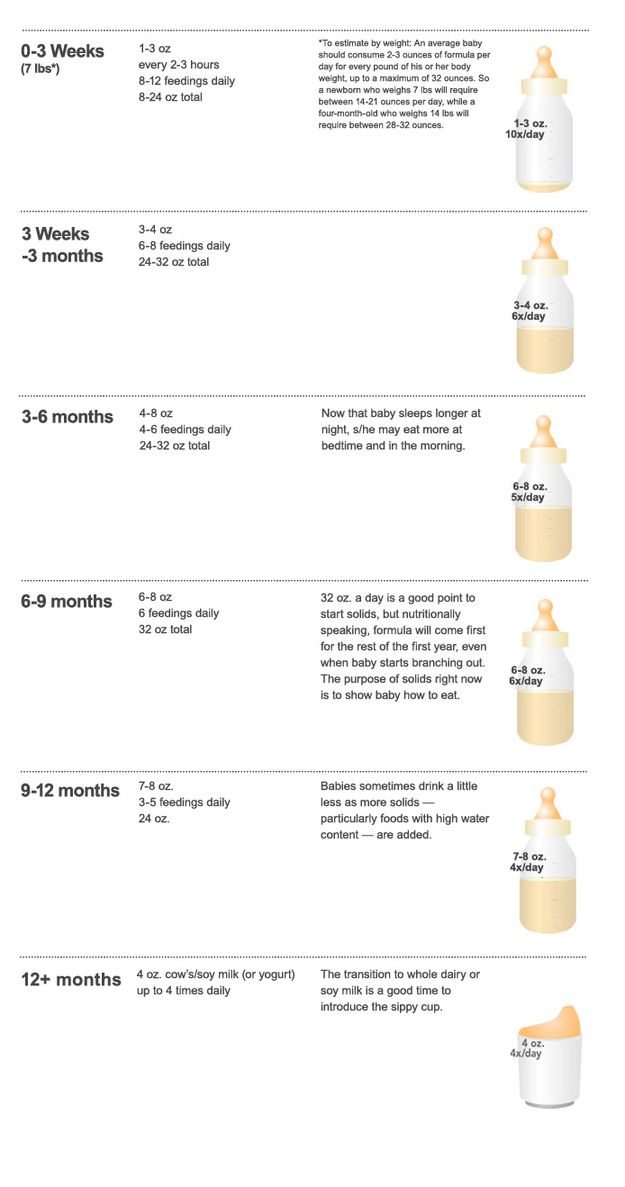 It’s not uncommon to see babies straining or making faces while they’re at it too. This is completely normal, and doesn’t necessarily indicate a problem like constipation.
It’s not uncommon to see babies straining or making faces while they’re at it too. This is completely normal, and doesn’t necessarily indicate a problem like constipation.
Types of Baby Poop
While it’s normal to get a teeny bit less obsessive over every single diaper change as baby grows, it’s still important to keep an eye out for potential problems and warning signs. While some odd consistencies may have a simple explanation (hello, raisins!), others may need to be discussed with your doctor. Here are some types of baby poop to watch out for:
Diarrhea
In infancy, loose stools can be a sign of an allergy, either to the milk proteins in formula or, if you’re breastfeeding, to something you ate. As baby gets older, watery stools may be a sign of teething (baby is swallowing more saliva, leading to runnier poop), but could also be a sign of a stomach bug. In that case, keeping your child hydrated with plenty of water or milk is essential. If the diarrhea is accompanied by a fever of 100. 4 or higher, or baby is younger than 3 months old, it’s a good idea to call your pediatrician, Kapoor says.
4 or higher, or baby is younger than 3 months old, it’s a good idea to call your pediatrician, Kapoor says.
Blood in baby stool
While a few flecks can be normal, anything more than that should be brought to your pediatrician’s attention. “Blood in the stool could be caused by constipation, infection, injury or allergy, so going to the doctor is essential,” Kapoor says.
Mucus in baby stool
A common sign of teething or a cold, occasional mucus is no big deal. However, “if you notice it frequently or in large amounts, it could be a sign of a GI tract issue and should be discussed with your pediatrician,” Kapoor says.
Stringy baby poop
A cousin to mucus, stringy baby poop could be a sign of a cold or teething, or just the result of something baby has been eating. If it shows up frequently in baby’s diaper, it’s a good idea to call your pediatrician.
Foamy baby poop
“In a breastfed infant, foamy stool may be a sign that baby is getting too much foremilk,” Kapoor says.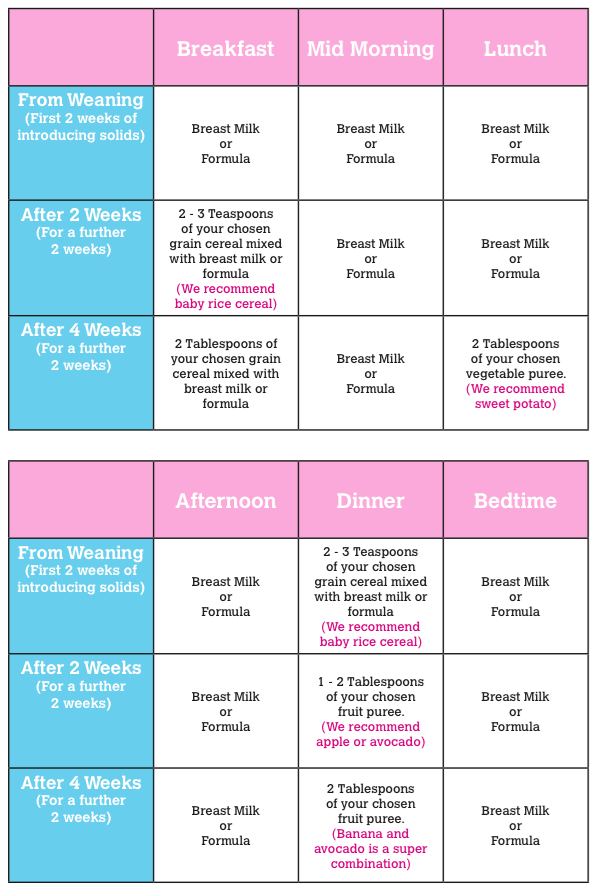 For an easy solve, try completing a feeding on just one breast. In a formula-fed baby, frothy baby poop could indicate an infection or allergy.
For an easy solve, try completing a feeding on just one breast. In a formula-fed baby, frothy baby poop could indicate an infection or allergy.
Pebble-like stool
This is a classic sign of constipation or withholding stool in older babies. Try some home constipation cures and go to the doctor if baby doesn’t poop within the next 24 hours.
Doctors agree that if you see anything unusual, spot a baby poop problem accompanied by a high fever or if baby is crying inconsolably, you should call the doctor, who can help guide you through possible causes and next steps. And don’t be shy about bagging the diaper for your doctor’s inspection. “We see it all the time, and we aren’t disgusted,” Kapoor says. “It can help us best figure out what the issue may be.”
When to See the Doctor
Yes, you can tell a lot about baby’s health by monitoring the color and consistency of their poop. But if you notice any of the following, you should consult your doctor for advice:
- Breastfeed baby hasn’t pooped in over three days
- Formula-fed baby hasn’t pooped in over five days
- Baby poop is thick, hard or or pebbly
- Baby poop is red or black
- Baby poop is white, gray or clay-colored
In the coming days, weeks and months, you’ll likely take up a mission to analyze the contents of your infant’s diaper; checking for normal baby poop is par for the course. The truth is: Everybody poops—and you want to make sure your little one is happy and healthy! To that end, keep our baby poop guide bookmarked as a reference to help you navigate this sometimes sticky, but always interesting stage of parenthood!
The truth is: Everybody poops—and you want to make sure your little one is happy and healthy! To that end, keep our baby poop guide bookmarked as a reference to help you navigate this sometimes sticky, but always interesting stage of parenthood!
About the experts:
Madhavi Kapoor, MD, is a clinical assistant professor in the department of pediatrics at NYU Langone Medical Center. She received her medical degree from the University of Texas Southwestern Medical School in Dallas.
Wendy Sue Swanson, MD, is a pediatrician and chief medical officer at SpoonfulOne and BeforeBrands. Previously, the executive director of digital health for Seattle Children’s Hospital, she earned her medical degree from University of Pennsylvania School of Medicine in Philadelphia.
Please note: The Bump and the materials and information it contains are not intended to, and do not constitute, medical or other health advice or diagnosis and should not be used as such. You should always consult with a qualified physician or health professional about your specific circumstances.
You should always consult with a qualified physician or health professional about your specific circumstances.
Plus, more from The Bump:
What to Know About Using Gripe Water for Colic and Tummy Troubles
Why Babies Get Hiccups (and How to Get Rid of Them)
How to Identify and Relieve Baby Constipation
Is formula fed baby poop different than breast milk poop?
Our editorial team personally selects each featured product. If you buy something through our links, we may earn an affiliate commission, at no cost to you.
Let’s talk about infant feeding… and the poop that comes with it. You can’t have one without the other, right? Understandably, parents can have a lot of questions about their baby’s poop and often wonder what is normal and what isn’t. Since there are so many kinds of normal poop and quite a few kinds of abnormal poop, we need some more information to be able to answer these questions.
Ready to dive in? Then, let’s go!
Table of Contents
- What’s the difference between breast milk and baby formula?
- The scoop on baby poop
- Newborn poop, what is meconium?
- What does breast milk poop look like?
- What does formula fed baby poop look like?
- Do formula fed babies poop less than breastfed babies?
- Why does baby poop vary by color?
- What’s the ideal consistency of baby poop?
- What kind of baby poop is concerning?
What’s the difference between breast milk and baby formula?
First, let’s talk about the different options for feeding your baby. Here are the main components of breast milk and infant formula:1,2
Here are the main components of breast milk and infant formula:1,2
What is breast milk made of?
- Carbohydrates
- Fats
- Proteins
- Antibodies
- Hormones
- Enzymes
- Vitamins and minerals
What is infant formula made of?
Infant formula is used both as a supplement to breast milk and instead of breast milk for infant feeding. All formula that is made and sold in the US is regulated by the Food and Drug Administration (FDA) and meets their standards for ingredients.3
- Carbohydrates
- Fats
- Proteins (often milk-based)
- Iron and other vitamins and minerals
Shop Bobbie Organic Infant Formula
Bobbie Organic Infant Formula is a USDA Organic, EU-style infant formula that meets all FDA requirements. It is a complete nutrition milk-based powder modeled after breast milk and is easy on tummies. It is non-GMO and doesn't have corn syrup, palm oil, or maltodextrin. Learn more about Bobbie.
Learn more about Bobbie.
Shop Bobbie
The scoop on baby poop
Now that we know what goes into breast milk and infant formula, let’s take a look at what comes out!
Newborn poop, what is meconium?
Whether your baby will be fed breast milk or formula, their poop is going to look the same in the first few days of life because they haven’t had much of either yet. Newborn poop is initially black and tarry- this is called meconium. Babies should pass meconium at least once in the first 24 hours of life.
What does breast milk poop look like?
After a few days, breast milk poop often appears more yellow and seedy. These usually happen around 4 times per day, often after a feeding.
By the time your baby is a month old, they may be pooping less often than 4 times per day and may even go a few days between poops.4
What does formula fed baby poop look like?
The poop of formula-fed babies is usually more tan or brown and less yellow than breastfed babies. Formula-fed baby poop is also usually a bit thicker than breastfed baby poop and is not typically seedy in appearance.5
Formula-fed baby poop is also usually a bit thicker than breastfed baby poop and is not typically seedy in appearance.5
We spoke with Tiffani Ghere, RD, certified lactation educator, pediatric nutrition specialist and Bobbie Medical Advisor. She notes, “Poops from formula-fed babies are often somewhat different in their appearance. They often have a pastier consistency and can range from green to brown to yellow. All are considered normal.”
Do formula fed babies poop less than breastfed babies?
“Formula-fed babies are reported to poop less frequently than breastfed babies,” says Ghere, “but by one month of age, many babies are pooping less frequently, regardless of what they are fed. As long as the baby can easily poop without straining and the poop is soft, the frequency of several times a day to every 3-4 days is within the normal range.”
Why does baby poop vary by color?
There is some variety to what is considered a normal color for baby poop, but a few colors are cause for concern.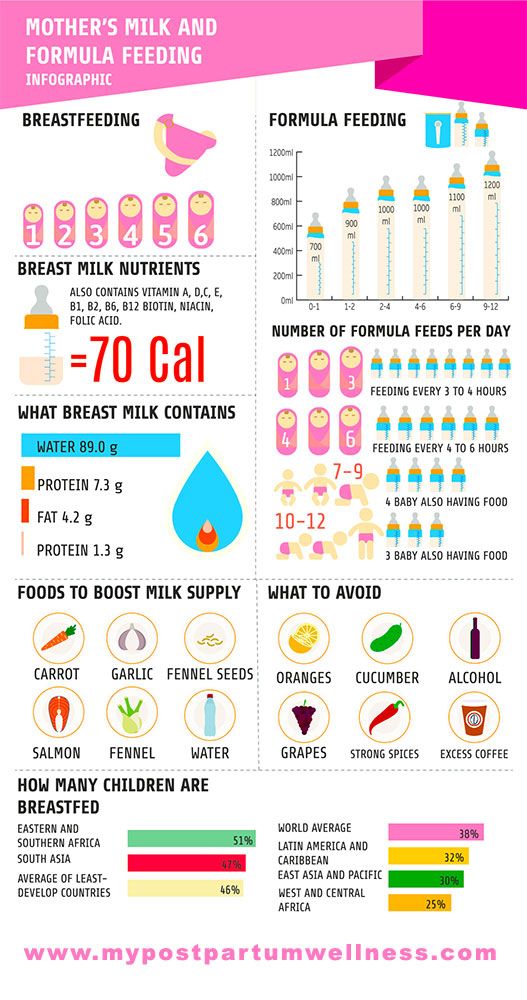 Let’s break down what’s ok and what isn’t.
Let’s break down what’s ok and what isn’t.
Green infant poop
Green poop can be surprising the first time you see it, but this is most often normal. If your baby is old enough to be eating solid foods, there are certain foods that can cause this. Babies who take iron can also have green poop. Breast-fed babies who switch breasts often may also have green, frothy poop. Staying on one breast until it’s drained can help to fix this and make sure your baby is getting all the full-fat milk they need.5
It’s important to know that green poop can also happen when your baby has a stomach virus, so if this is a new change and occurring with vomiting, poor eating, fever, or other signs of being sick, be sure to call their healthcare provider.5
Yellow or brown infant poop
As you may have guessed, brown and yellow are pretty normal colors for baby poop.5
Black or red infant poop
Black and red poop are causes for concern because this often means that a baby has blood in their poop.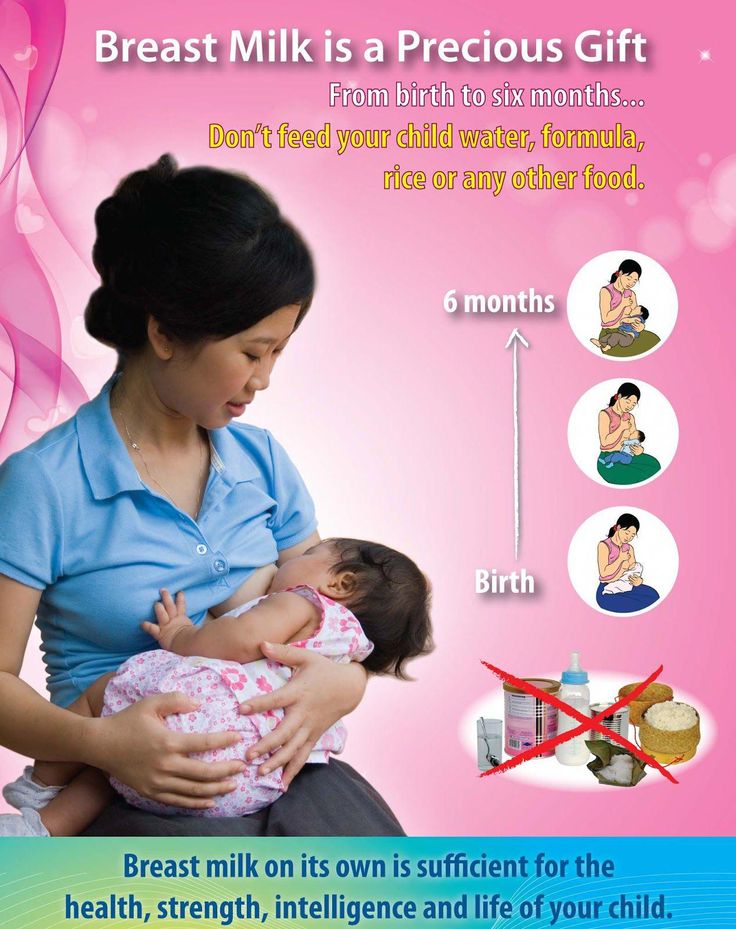 There are a number of reasons babies can have blood in their poop, and some are more dangerous than others. If you notice that your baby has black or red poop, it’s best to seek medical attention.5
There are a number of reasons babies can have blood in their poop, and some are more dangerous than others. If you notice that your baby has black or red poop, it’s best to seek medical attention.5
White infant poop
White poop doesn’t occur very often, but when it does it’s a reason to call your baby’s healthcare provider. White poop can indicate an issue with a baby’s liver, so don’t ignore this color poop if you see it.5
What’s the ideal consistency of baby poop?
We’ve talked color, now let’s talk about hard and soft baby poop.
Watery baby poop
Baby poop is often on the softer side, but a sudden change to watery could be a sign of an infection or other problem. Take note of whether your baby is having any other symptoms and see below about when to call your baby’s healthcare provider.
Hard baby poop
Hard poop that is difficult for your baby to pass can be caused by constipation. This is a common problem in babies and children and it can have different solutions depending on your baby’s age and if you can identify what’s causing it.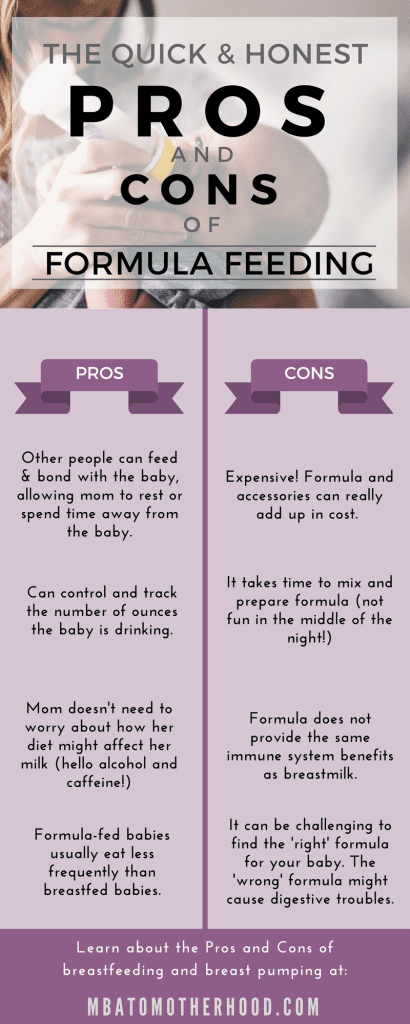 Sometimes constipation can indicate a serious medical problem, so it’s important to talk with your baby’s healthcare provider if you notice this issue.
Sometimes constipation can indicate a serious medical problem, so it’s important to talk with your baby’s healthcare provider if you notice this issue.
What kind of baby poop is concerning?
Hopefully you now understand that there are lots of variations of normal for baby poop. Some babies poop more often than others, some poop is softer, and there are multiple normal colors for poop. So when should you seek medical attention about your baby’s poop? Here are a few reasons for concern:
- Black, red, or white poop
- Pain with pooping or while trying to poop
- A change in poop with other signs of infection (vomiting, fever, poor appetite, fussy)
- Not gaining enough weight
- Not making a normal number of wet diapers
As always, you know your baby best, so if something new is happening that isn’t on this list and you feel worried, reach out to your baby’s healthcare provider.
Before you know it, it’ll be time for the next hurdle in the pooping journey- potty training!
Shop Bobbie Organic Infant Formula
Bobbie Organic Infant Formula is a USDA Organic, EU-style infant formula that meets all FDA requirements.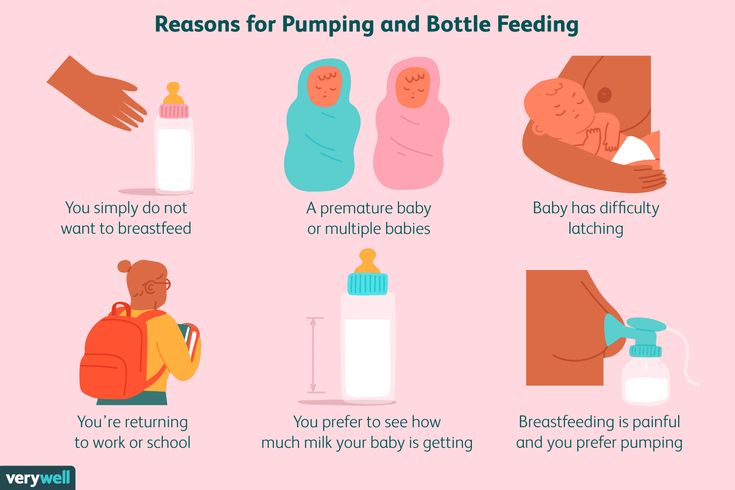 It is a complete nutrition milk-based powder modeled after breast milk and is easy on tummies. It is non-GMO and doesn't have corn syrup, palm oil, or maltodextrin. Learn more about Bobbie.
It is a complete nutrition milk-based powder modeled after breast milk and is easy on tummies. It is non-GMO and doesn't have corn syrup, palm oil, or maltodextrin. Learn more about Bobbie.
Shop Bobbie
Sources:
1- Human milk composition: Nutrients and bioactive factors | Pediatric Clinics of North America
2- Infant formula | American Family Physician
3- Questions & answers for consumers concerning infant formula | Food and Drug Administration
4- Breastfeeding FAQs: Getting started | Nemours Kids Health
5- The color of baby poop and what it means | Cleveland Clinic
The content on this site is for informational purposes only and not intended to be a substitute for professional medical advice, diagnosis or treatment. Discuss any health or feeding concerns with your infant's pediatrician. Never disregard professional medical advice or delay it based on the content on this page.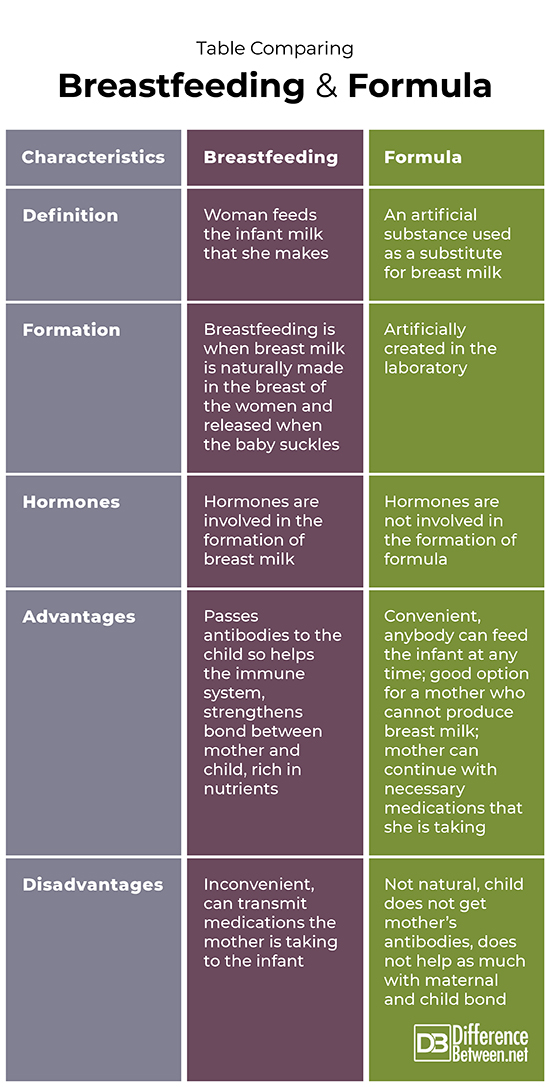
Breast milk and formula: what do they have in common?
1 Cribb VL et al. Contribution of inappropriate complementary foods to the salt intake of 8-month-old infants. Eur J Clin Nutr . 2012;66(1):104. - Cribb V.L. et al., "Effects of inappropriate complementary foods on salt intake in 8-month-old infants". Yur J Clean Nutr. 2012;66(1):104.
2 Lönnerdal B. Nutritional and physiologic significance of human milk proteins. Am J Clin Nutr . 2003;77(6):1537 S -1543 S - Lönnerdahl B., "Biologically active proteins of breast milk". F Pediatrician Child Health. 2013;49 Suppl 1:1-7.
3 Savino F et al. Breast milk hormones and their protective effect on obesity. Int J Pediatric Endocrinol. nine0004 2009;2009:327505.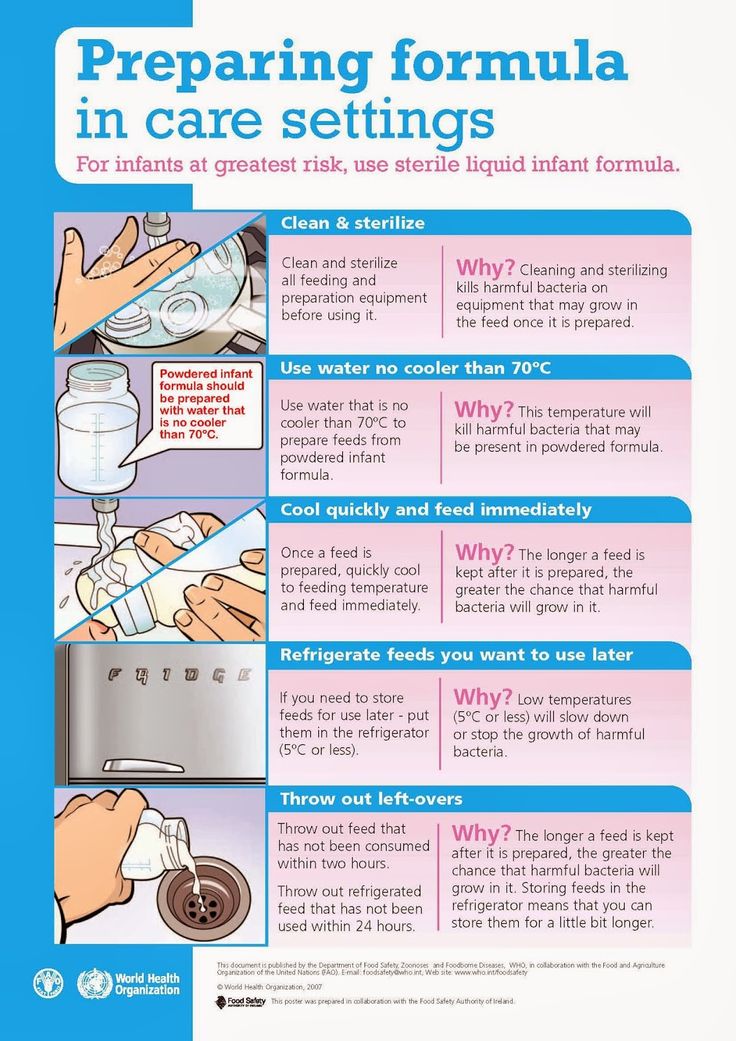 - Savino F. et al., "What role do breast milk hormones play in protecting against obesity." Int J Pediatrician Endocrinol. 2009;2009:327505.
- Savino F. et al., "What role do breast milk hormones play in protecting against obesity." Int J Pediatrician Endocrinol. 2009;2009:327505.
4 Hassiotou F, Hartmann PE. At the Dawn of a New Discovery: The Potential of Breast Milk Stem Cells. Adv Nutr . 2014;5(6):770-778. - Hassiot F, Hartmann PI, "On the threshold of a new discovery: the potential of breast milk stem cells." Adv Nutr. 2014;5(6):770-778.
5 Hassiotou F et al. Maternal and infant infections stimulate a rapid leukocyte response in breastmilk. Clin Transl Immunology . - Hassiot F. et al., "Infectious diseases of the mother and child stimulate a rapid leukocyte reaction in breast milk." Clean Transl Immunology. 2013;2(4):e3.
6 Pannaraj PS et al. nine0004 Association Between Breast Milk Bacterial Communities and Establishment and Development of the Infant Gut Microbiome.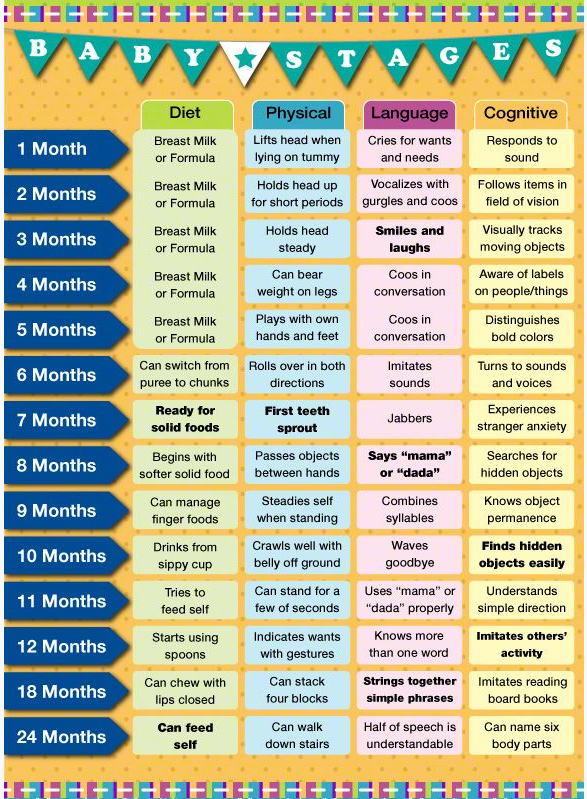 JAMA Pediatr. 2017;171(7):647-654. - Pannaraj P.S. et al., "Bacterial communities in breast milk and their association with the emergence and development of the neonatal gut microbiome". JAMA pediatric. 2017;171(7):647-654.
JAMA Pediatr. 2017;171(7):647-654. - Pannaraj P.S. et al., "Bacterial communities in breast milk and their association with the emergence and development of the neonatal gut microbiome". JAMA pediatric. 2017;171(7):647-654.
7 Bode L. Human milk oligosaccharides: every baby needs a sugar mama.Glycobiology. nine0004 2012;22(9):1147-1162. - Bode L., "Oligosaccharides in breast milk: a sweet mother for every baby." Glycobiology (Glycobiology). 2012;22(9):1147-1162.
8 Deoni SC et al. Breastfeeding and early white matter development: A cross-sectional study. neuroimage. 2013;82:77-86. - Deoni S.S. et al., Breastfeeding and early white matter development: a cross-sectional study. Neuroimaging. 2013;82:77-86. nine0004
9 Birch E et al. Breast-feeding and optimal visual development. J Pediatr Ophthalmol Strabismus. 1993;30(1):33-38. - Birch, I.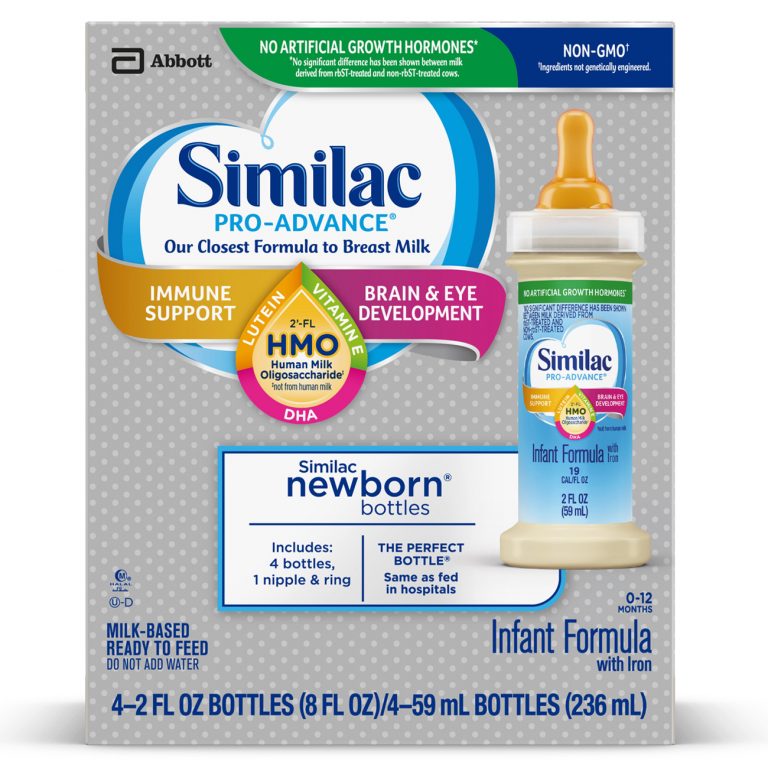 et al., "Breastfeeding and Optimum Vision Development." J Pediatrician Ophthalmol Strabismus. 1993;30(1):33-38.
et al., "Breastfeeding and Optimum Vision Development." J Pediatrician Ophthalmol Strabismus. 1993;30(1):33-38.
10 Sánchez CL et al. The possible role of human milk nucleotides as sleep inducers. Nutr Neurosci . 2009;12(1):2-8. - Sanchez S.L. et al., "Nucleotides in breast milk may help the baby fall asleep." nine0004 Nutr Neurosai. 2009;12(1):2-8.
11 Moukarzel S, Bode L. Human Milk Oligosaccharides and the Preterm Infant: A Journey in Sickness and in Health. Clin Perinatol. 2017;44(1):193-207. - Mukarzel S., Bode L., "Breast milk oligosaccharides and the full-term baby: a path to illness and health." Klin Perinatol (Clinical perinatology). 2017;44(1):193-207.
12 Beck KL et al. Comparative Proteomics of Human and Macaque Milk Reveals Species-Specific Nutrition during Postnatal Development. J Proteome Res . 2015;14(5):2143-2157. - Beck K.L. et al., "Comparative proteomics of human and macaque milk demonstrates species-specific nutrition during postnatal development." G Proteome Res. 2015;14(5):2143-2157.
2015;14(5):2143-2157. - Beck K.L. et al., "Comparative proteomics of human and macaque milk demonstrates species-specific nutrition during postnatal development." G Proteome Res. 2015;14(5):2143-2157.
13 Michaelsen KF, Greer FR. Protein needs early in life and long-term health. Am J Clin Nutr . 2014;99(3):718 S -722 S . - Mikaelsen KF, Greer FR, Protein requirements early in life and long-term health. Am J Clean Nutr. 2014;99(3):718S-722S.
14 Howie PW et al. Positive effect of breastfeeding against infection. BMJ .1990;300(6716):11-16. — Howie PW, "Breastfeeding as a defense against infectious diseases." nine0004 BMJ. 1990;300(6716):11-16.
15 Duijts L et al. Prolonged and exclusive breastfeeding reduces the risk of infectious diseases in infancy.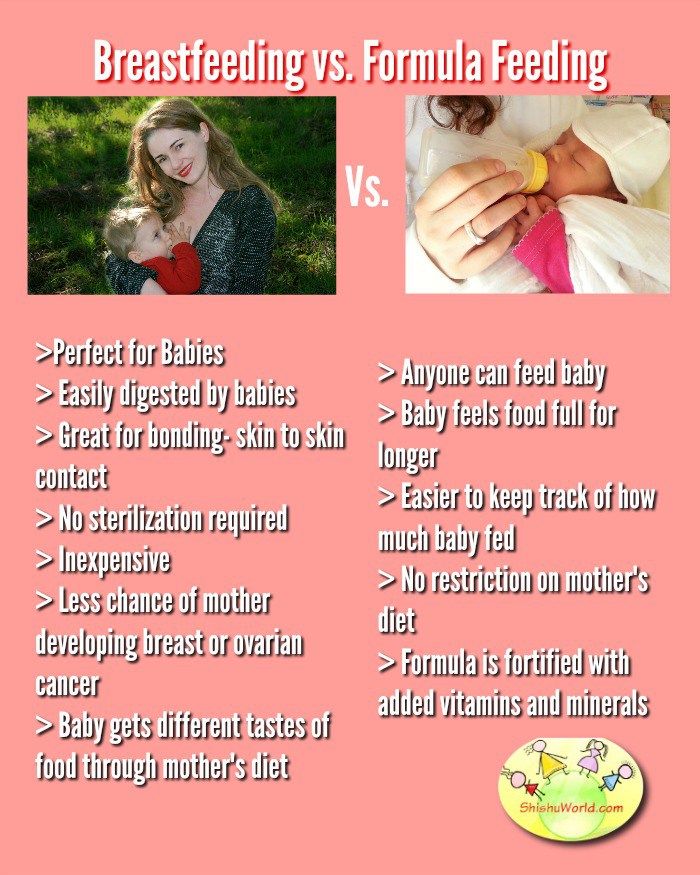 Pediatrics , 2010;126(1): e 18-25. - Duitz L. et al., "Prolonged exclusive breastfeeding reduces the risk of infectious diseases in the first year of life." Pediatrix (Pediatrics). 2010;126(1):e18-25.
Pediatrics , 2010;126(1): e 18-25. - Duitz L. et al., "Prolonged exclusive breastfeeding reduces the risk of infectious diseases in the first year of life." Pediatrix (Pediatrics). 2010;126(1):e18-25.
16 Ladomenou F et al. nine0004 Protective effect of exclusive breastfeeding against infections during infancy: a prospective study. Arch Dis Child . 2010;95(12):1004-1008. - Ladomenu, F. et al., "The effect of exclusive breastfeeding on infection protection in infancy: a prospective study." Arch Dis Child. 2010;95(12):1004-1008.
17 Vennemann MM et al. Does breastfeeding reduce the risk of sudden infant death syndrome?. Pediatrics . 2009;123(3): e 406- e 410. - Wennemann M.M. et al., "Does Breastfeeding Reduce the Risk of Sudden Infant Death?" Pediatrix (Pediatrics). 2009;123(3):e406-e410.
2009;123(3):e406-e410.
18 Straub N et al. Economic impact of breast-feeding-associated improvements of childhood cognitive development, based on data from the ALSPAC. Br J Nutr . 2016;1-6. - Straub N. et al., "Economic Impact of Breastfeeding-Associated Child Cognitive Development (ALSPAC)". Br J Nutr . 2016;1-6.
19 Heikkilä K et al. Breast feeding and child behavior in the Millennium Cohort Study. Arch Dis Child . 2011;96(7):635-642 - Heikkila K. et al., Breastfeeding and Child Behavior in a Millennial Cohort Study. nine0004 Arch Dis Child. 2011;96(7):635-642.
20 Singhal A et al. Infant nutrition and stereoacuity at age 4–6 y. Am J Clin Nutr , 2007;85(1):152-159.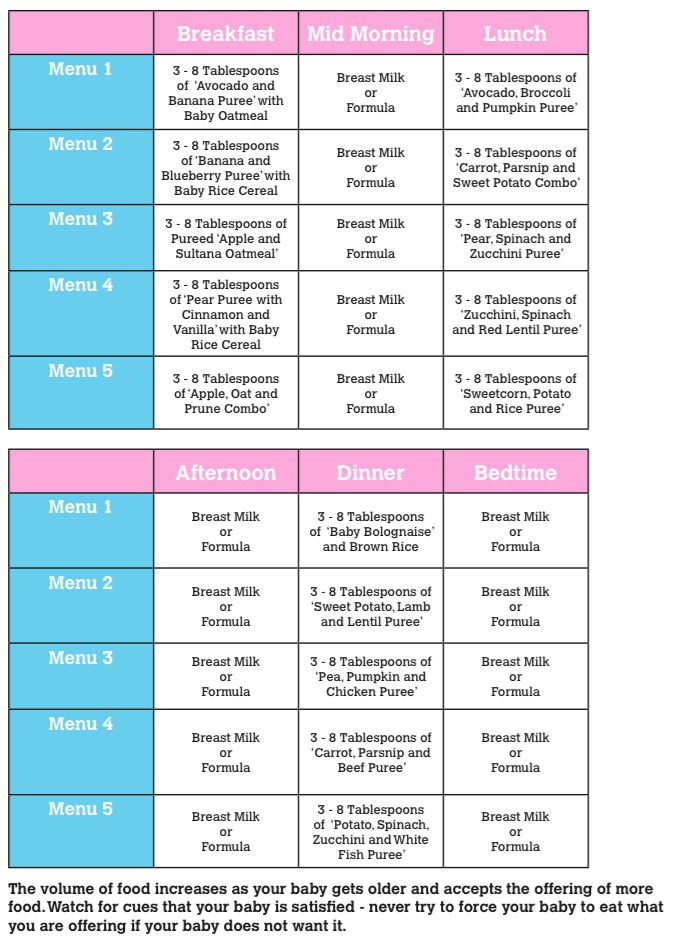 - Singhal A. et al., Nutrition in infancy and stereoscopic visual acuity at 4-6 years of age. Am F Clean Nutr. 2007;85(1):152-159.
- Singhal A. et al., Nutrition in infancy and stereoscopic visual acuity at 4-6 years of age. Am F Clean Nutr. 2007;85(1):152-159.
21 Peres KG et al. nine0004 Effect of breastfeeding on malocclusions: a systematic review and meta - analysis. Acta Paediatr . 2015;104(467):54-61. - Perez K.G. et al., "The impact of breastfeeding on malocclusion: a systematic review and meta-analysis". Akta Pediatr. 2015;104(S467):54-61.
22 Horta B et al. Long - term consequences of breastfeeding on cholesterol, obesity, systolic blood pressure and type 2 diabetes: a systematic review and meta - analysis. Acta Paediatr . 2015;104(467):30-37. - Horta B.L. et al., "Long-term effects of breastfeeding and their impact on cholesterol, obesity, systolic blood pressure, and type 2 diabetes: a systematic review and meta-analysis.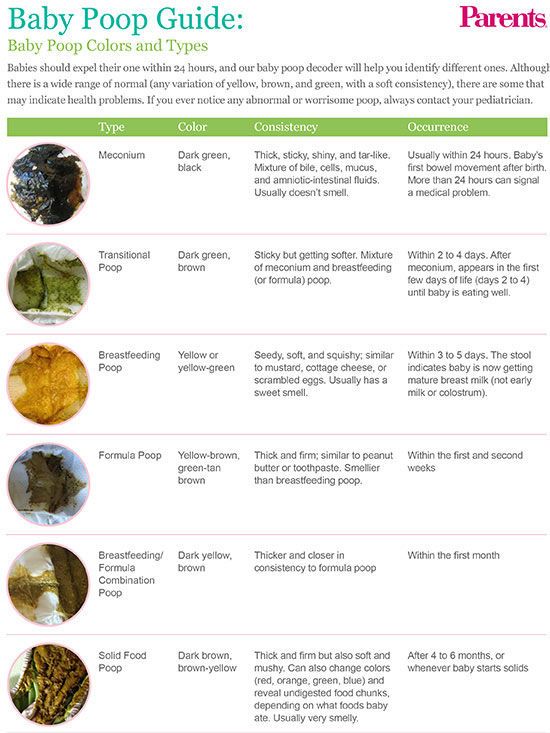 " Akta Pediatr. 2015;104(S467):30-37.
" Akta Pediatr. 2015;104(S467):30-37.
23 Lund-Blix NA. Infant feeding in relation to islet autoimmunity and type 1 diabetes in genetically susceptible children: the MIDIA Study. Diabetes Care . 2015;38(2):257-263. - Lund-Blix N.A. et al., "Breastfeeding in the context of isolated autoimmunity and type 1 diabetes in genetically predisposed children: the MIDIA study ". Diabitis Care. 2015;38(2):257-263.
24 Amitay EL, Keinan-Boker L. Breastfeeding and Childhood Leukemia Incidence: A Meta-analysis and Systematic Review. JAMA Pediatr . 2015;169(6): e 151025. - Amitai I.L., Keinan-Bocker L., "Breastfeeding and incidence of childhood leukemia: a meta-analysis and systematic review." JAMA Pediatrician. 2015;169(6):e151025.
25 Bener A et al. Does continued breastfeeding reduce the risk for childhood leukemia and lymphomas? Minerva Pediatr.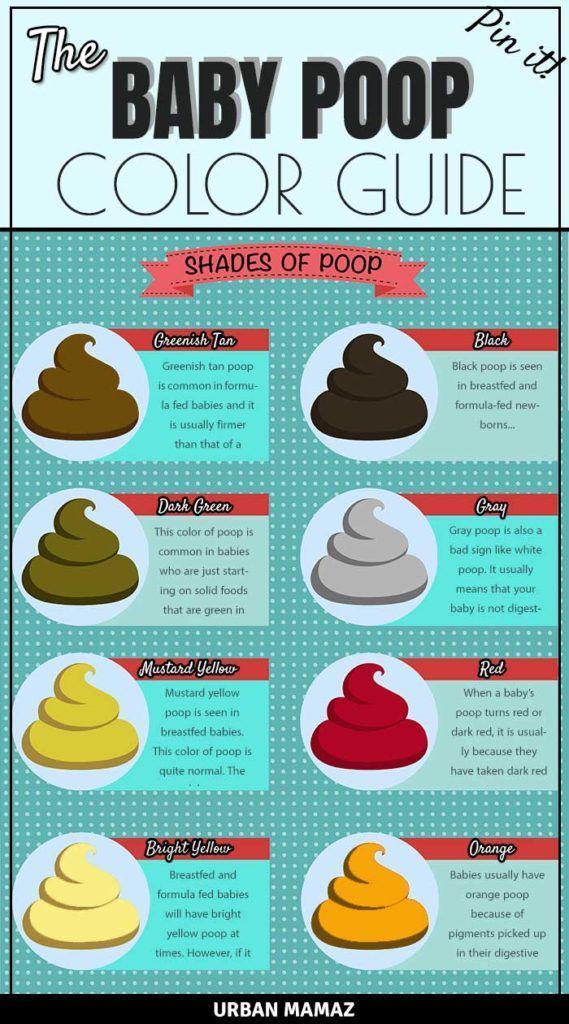 2008;60(2):155-161. - Bener A. et al., "Does long-term breastfeeding reduce the risk of leukemia and lymphoma in a child?". nine0004 Minerva Pediatric. 2008;60(2):155-161.
2008;60(2):155-161. - Bener A. et al., "Does long-term breastfeeding reduce the risk of leukemia and lymphoma in a child?". nine0004 Minerva Pediatric. 2008;60(2):155-161.
26 Dewey KG. Energy and protein requirements during lactation. Annu Rev Nutr . 1997;17:19-36. - Dewey K. J., "Energy and Protein Requirements During Lactation". Anna Rev Nutr. 1997 Jul;17(1):19-36.
27 Victoria CG et al. Breastfeeding in the 21st century: epidemiology, mechanisms, and lifelong effect. Lancet. nine0004 2016;387(10017):475-490. - Victor S.J. et al., "Breastfeeding in the 21st century: epidemiology, mechanisms and long-term effects". Lancet (Lancet). 2016;387(10017):475-490.
28 Jordan SJ et al. Breastfeeding and Endometrial Cancer Risk: An Analysis From the Epidemiology of Endometrial Cancer Consortium. Obstet Gynecol .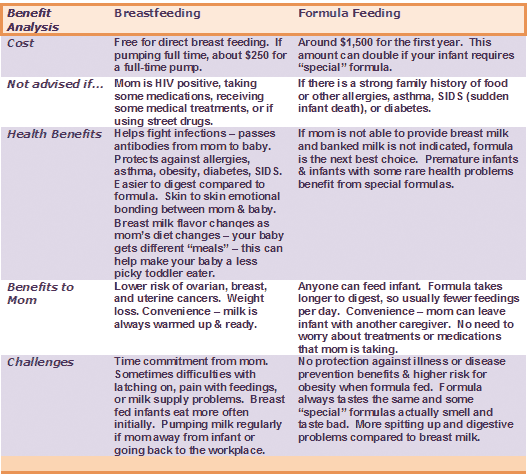 2017;129(6):1059-1067. — Jordan S.J. et al., "Breastfeeding and the risk of endometrial cancer: an analysis of epidemiological data from the Endometrial Cancer Consortium". nine0004 Obstet Ginecol (Obstetrics and Gynecology). 2017;129(6):1059-1067.
2017;129(6):1059-1067. — Jordan S.J. et al., "Breastfeeding and the risk of endometrial cancer: an analysis of epidemiological data from the Endometrial Cancer Consortium". nine0004 Obstet Ginecol (Obstetrics and Gynecology). 2017;129(6):1059-1067.
29 Li DP et al. Breastfeeding and ovarian cancer risk: a systematic review and meta-analysis of 40 epidemiological studies. Asian Pac J Cancer Prev . 2014;15(12):4829-4837. - Lee D.P. et al., "Breastfeeding and the risk of ovarian cancer: a systematic review and meta-analysis of 40 epidemiological studies." nine0004 Asia Pas G Cancer Prev. 2014;15(12):4829-4837.
30 Peters SAE et al. Breastfeeding and the Risk of Maternal Cardiovascular Disease: A Prospective Study of 300,000 Chinese Women. J Am Heart Assoc . 2017;6(6). - Peters S.A. et al., "Breastfeeding and Maternal Risk of Cardiovascular Disease: A Prospective Study of 300,000 Chinese Women". nine0004 J Am Hart Assoc. 2017;6(6):e006081.
2017;6(6). - Peters S.A. et al., "Breastfeeding and Maternal Risk of Cardiovascular Disease: A Prospective Study of 300,000 Chinese Women". nine0004 J Am Hart Assoc. 2017;6(6):e006081.
31 U.S. Department of Health & Human Services [Internet]. Surgeon General Breastfeeding factsheet ; 2011 Jan 20 — Department of Health and Human Services [Internet], Breastfeeding Facts from the Chief Medical Officer, January 20, 2011 [cited April 4, 2018]
32 Doan T et al. Breast-feeding increases sleep duration of new parents. J Perinat Neonatal Nurs . 2007;21(3):200-206. - Dawn T. et al., "Breastfeeding increases parental sleep duration." G Perinat Neonatal Nurs. 2007;21(3):200-206.
33 Menella JA et al. Prenatal and postnatal flavor learning by human infants. Pediatrics . 2001;107(6): E 88.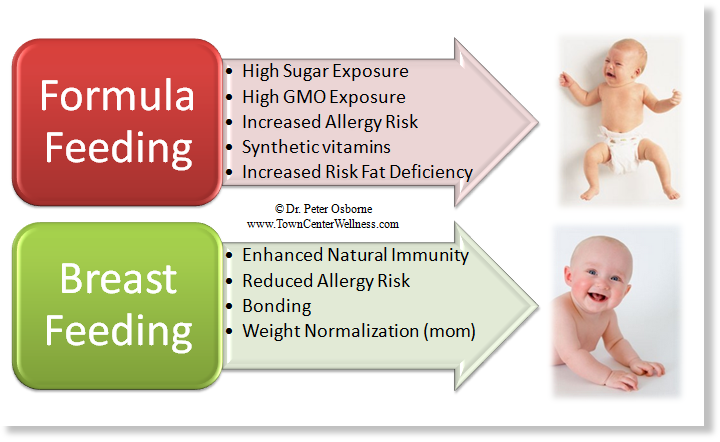 - Menella J.A. et al., Prenatal and Postnatal Taste and Smell Recognition in Children. Pediatrix (Pediatrics). 2001;107(6):e88.
- Menella J.A. et al., Prenatal and Postnatal Taste and Smell Recognition in Children. Pediatrix (Pediatrics). 2001;107(6):e88.
34 Forestell CA, Mennella JA. Early determinants of fruit and vegetable acceptance. Pediatrics . 2007;120(6):1247-1254. - Forestell S.A., Mennella J.A., "The First Signs of Readiness to Taste Fruits and Vegetables." Pediatrix (Pediatrics). 2007;120(6):1247-1254. nine0004
Combination of breastfeeding and artificial feeding
Submitted by Elena Manchenko on Thu, 11/11/2021 - 10:47
Breastfeeding has many benefits for both you and your baby. However, there are situations when, in addition to milk, a child needs supplementary feeding with a mixture. For example, if the baby has health problems (due to premature birth or illness) or is not gaining weight well.
If a baby cannot breastfeed due to illness, but is fed on your milk, he is still breastfed with all its benefits.
nine0021
Talk to your doctor or nurse before giving formula to your baby. In some situations, it is necessary to weigh the child more often and monitor how he is gaining weight. This takes patience. If necessary, seek advice on inducing lactation, proper attachment of the baby to the breast, and choosing a comfortable position for feeding.
Supplementation with formula during breastfeeding is usually needed temporarily, for a short period. Many mothers, especially with their first child, worry about whether they are getting enough milk, especially if the baby cries shortly after eating or if the breasts feel empty. In fact, cases when a mother does not produce enough milk are rare. nine0021
It is important to learn to understand whether the baby has eaten enough breast milk and to interpret its signals.
If your doctor recommends giving formula, ask him for advice on the following:
- How many times and how much to give formula
- How will you give formula (preferably from a cup)
- How long should you formula feed your baby?
The color, smell and appearance of the baby's stool will change.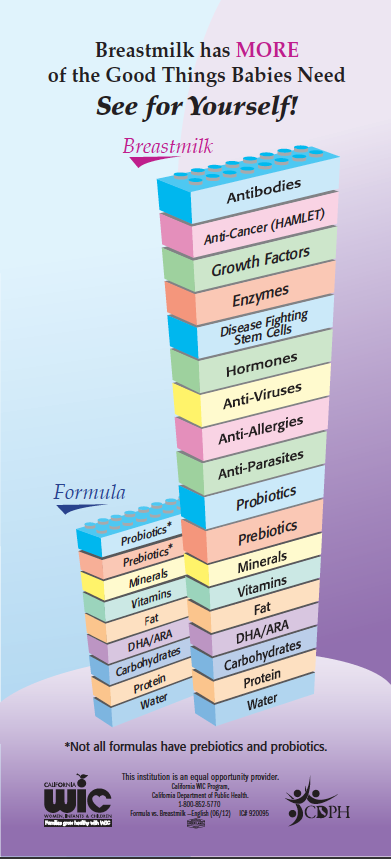
Breastfeeding risks associated with formula feeding:
- The baby will learn that bottled milk is easier than breastfeeding and may refuse to breastfeed.
- The breasts can become very enlarged and sore, which is fraught with a cessation of milk production.
- The amount of milk may gradually decrease due to less consumption.
Causes and possible effects of breastfeeding formula
- Some mothers do not feed their baby in the right mode (at first - from 10 to 12 feedings a day), cancel night feedings too early, and do not allocate enough time for breastfeeding.
- Bottles and nipples confuse the baby, so it is not recommended to use them during the first month or two.
- Use of nipple shields unnecessarily.
- Uncomfortable position or incorrect grip on the chest.
- Sometimes mother gets tired, is not sure of herself, eats irregularly...
- And here comes the temptation.
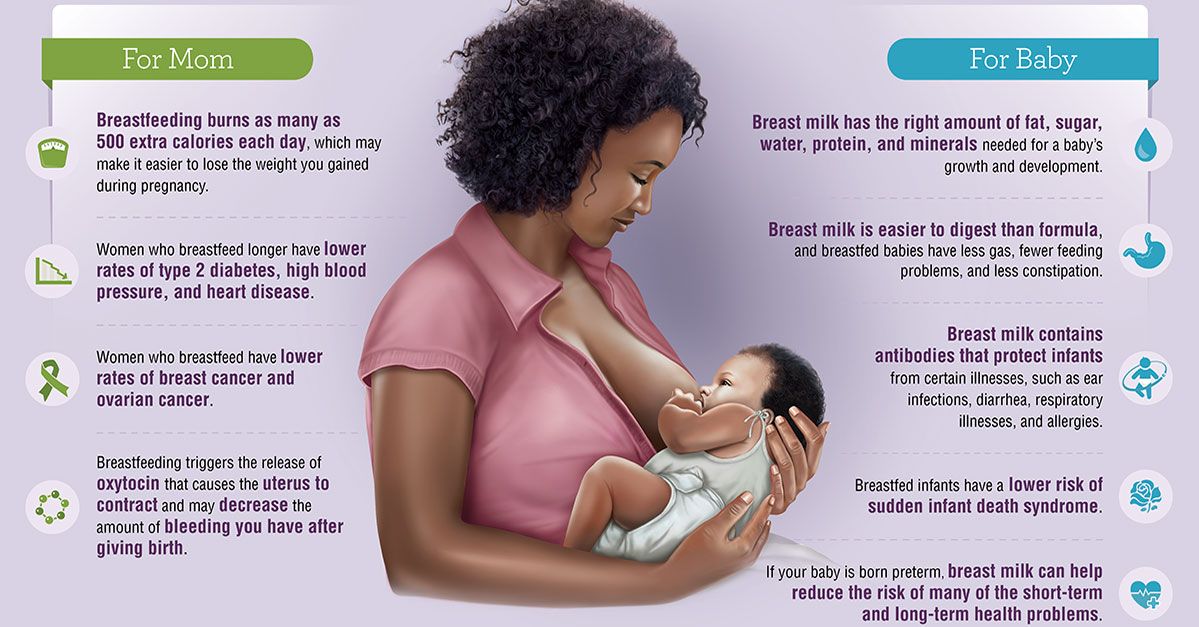 .. Impatient mothers fail to recognize the baby's signals and meet his needs, soon begin to give him formula from a bottle and go one step further from their original goal of breastfeeding.
.. Impatient mothers fail to recognize the baby's signals and meet his needs, soon begin to give him formula from a bottle and go one step further from their original goal of breastfeeding.
How do I cancel the mixture?
If the reasons for introducing the formula have been eliminated or you are determined to feed the baby only with your own milk:
- You can gradually stop formula. nine0597 To stimulate lactation, let the baby suckle as much as he wants - in this way he will free her from milk, and his production will increase.
- Gradually reduce formula by 10 ml per serving daily or skip one serving of formula.
Be patient and don't rush to add formula. Remember that some babies compensate for physiological weight loss only after two weeks, and milk production gradually increases in accordance with the needs of the child. If formula is needed, it should be given in the smallest amount to meet the baby's needs and for as short a time as possible.